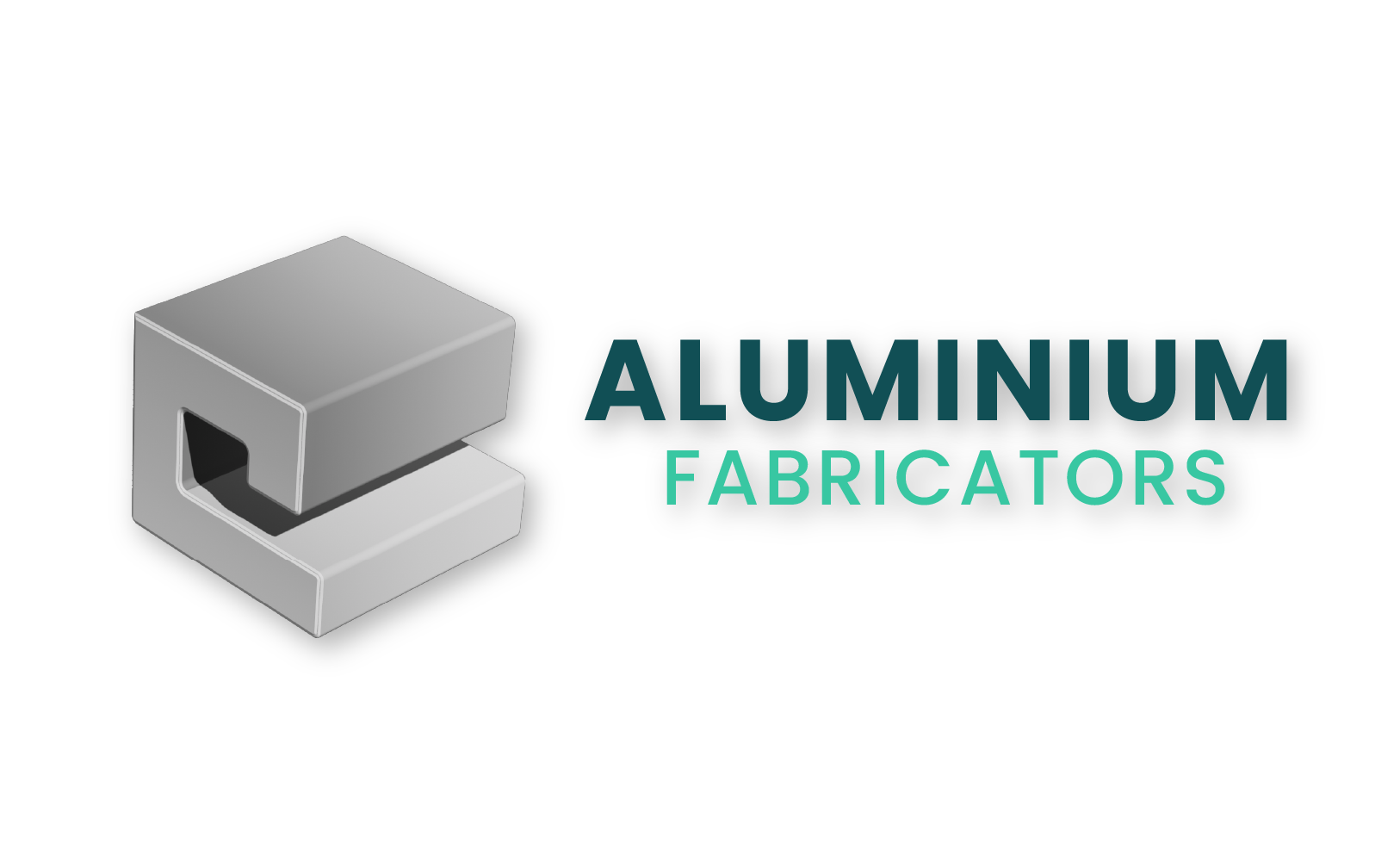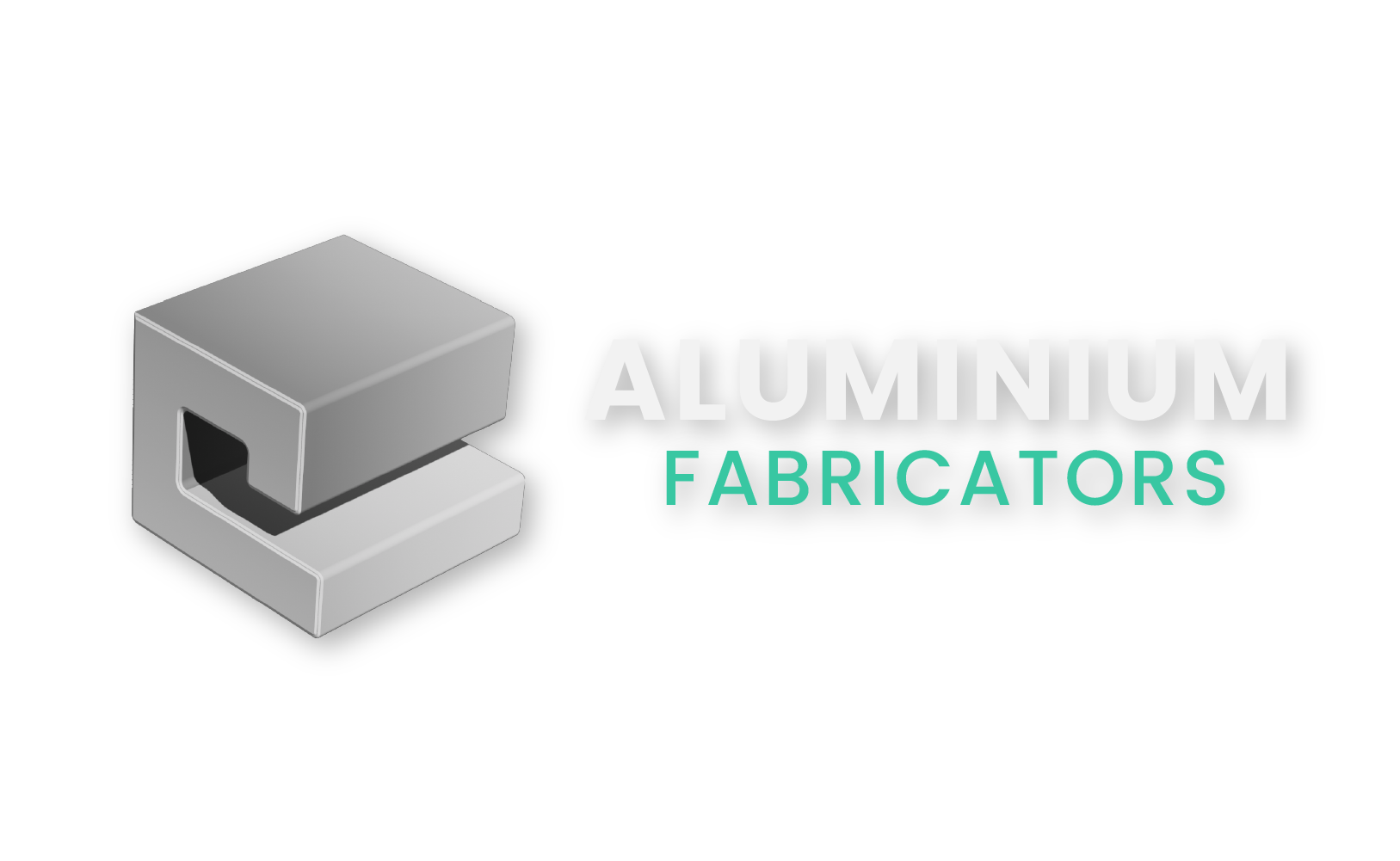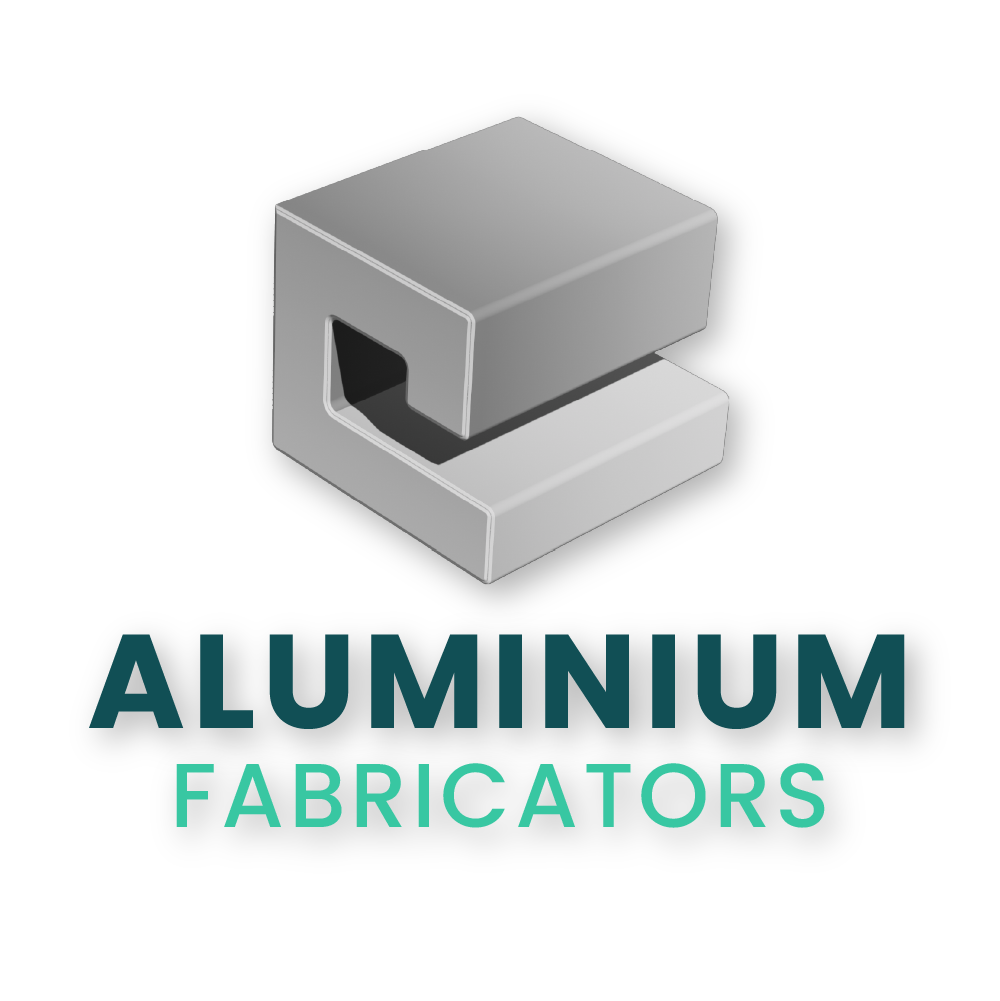If you thought aluminium fabrication was just about bending and cutting sheets of metal, think again! Behind the scenes, it’s a world packed with high-tech processes, clever design, and very sustainable solutions that keep industries moving. From precision engineering to futuristic architecture, aluminium continues to prove why it’s one of the most important materials in modern metal work.
In this blog, we’re going to explore the exciting processes, tools, and innovations that make aluminium fabrication such a game-changer. Also, why its future looks brighter than ever.
The Process: More Than Just Metal Bending
At first glance, aluminium might seem like a simple material to work with, it’s lightweight, malleable, and fairly easy to cut. But when it comes to professional fabrication, things get a little more advanced. Modern fabricators use a range of processes to transform raw aluminium into strong, reliable, and stylish products.
Some key methods include:
- Laser cutting: For clean, precise edges and detailed designs.
- CNC machining: Where computer-controlled tools create ultra-accurate parts.
- Extrusion: Pushing aluminium through a mould to create custom shapes like frames or beams.
- Anodising: A finishing process that enhances aluminium’s natural strength and gives it a sleek, protective surface.
Each technique is chosen to suit the job at hand. Whether that’s creating heavy-duty parts for the transport industry or lightweight components for consumer products.
Technology Meets Aluminium
One of the most exciting things about aluminium fabrication today is how much technology has transformed it. Gone are the days when everything relied on manual cutting and hand-finishing. Now, high-tech machinery allows for:
- Great Precision: CNC machines and laser cutters ensure components fit perfectly at the first time.
- Faster Production: Automation speeds up fabrication without compromising quality.
- Complex Designs: Advanced modelling software means fabricators can bring intricate ideas to life.
This combination of human expertise and technology gives aluminium fabrication a unique edge – flexible enough to handle bespoke one-off projects, yet efficient enough for large-scale production.
Aluminium Across Industries
Different industries depend on aluminium fabrication in their own unique ways. Here’s a closer look at just a few:
Automotive: Lightweight aluminium parts reduce vehicle weight, helping improve fuel efficiency while staying durable under pressure.
Aerospace: From fuselages to cabin fittings, aluminium’s light-yet-string qualities make it essential for safe, fuel-efficient aircrafts.
Construction: Aluminium is the hidden star of skyscrapers, curtain walls, and cladding, offering strength without excess bulk.
Electronics: Many devices use aluminium housings because it’s durable, sleek, and great for heat dissipation.
By adapting to each industry’s needs, aluminium fabrication shows just how versatile this material truly is.
The Sustainability Factor
Here’s something worth celebrating: aluminium is one of the most sustainable metals on the planet. Unlike some materials that degrade with each recycling cycle, aluminium can be reused endlessly without losing all it’s qualities. That means today’s drinks can, might become tomorrow’s car part, or even the cladding on a new building.
For industries facing pressure to reduce carbon emissions and waste, aluminium fabrication is a perfect fit – combining durable results with a lighter environmental impact.
What the Future Holds for Aluminium Fabrication
So, where’s it all heading? With technology advancing at lightning speed, aluminium fabrication is set to get even smarter. We can expect:
- Increased automation: Robots working hand-in-hand with human fabricators.
- Even lighter alloys: Combining aluminium with other materials for extra strength.
- Smarter sustainability: More closed-loop recycling systems to keep aluminium in constant use.
- Creative architecture: Bold new designs that showcase aluminium’s flexibility.
The future looks exciting, with aluminium continuing to take centre stage in everything from transport to tech.
Final Thoughts
Aluminium fabrication isn’t just about making things. It’s about pushing the boundaries of what’s possible with a metal that is both lightweight and durable. With cutting-edge technology, sustainable practices, and applications across countless industries, aluminium is proving that innovation and practicality can go together. Almost like two peas in a pod.
So next time you see a gleaming skyscraper in the distance, a sleek car, or even the casing of your laptop or phone, remember – there’s a good chance it owes its strength and style to the world of aluminium fabrication.


